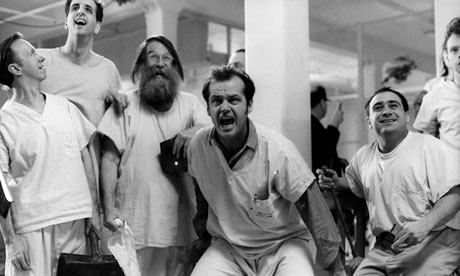Mayor Garcetti presented a few action plans for top city agendas and a few are as follows:
Mayor Garcetti of Los Angeles:
- Harnessing solar power energy and creating energy star buildings
- Retrofitting streetlights with LED fixtures
- Creating large scale green infrastructure
How will harnessing solar power in Los Angeles offset carbon emissions on a large scale?
In Los Angeles:
Mayor Garcetti is not personally planning to implement large scale solar panels, but instead make it easier and more affordable for the residents to do so themselves. Mayor Garcetti is taking to City Hall to streamline permits for residential solar systems which will include making these available online. With these changes in current procedure, the city is expecting it's current 13,000 residential photovoltaic systems to TRIPLE by 2016. The reduction of power demand will reduce stress on the city to supply energy and actually give pay backs to residents who push power into the system.
How useful is solar energy to reduce carbon sourced electricity consumption? Great, but you will need to live in a place that facilitates its functionality.
In Houston:
While you would imagine places like Houston would be boasting about their capacity for photovoltaic systems, the highlight of carbon emission cutting at CGI was their street light LED retrofitting plans. Houston plans on converting all 165,000 street lights to LEDs over the next five years. This change is expected to use 50% of the old conventional HID's, a reduction that is expected to save Houston around $26 million over the next 10 years.
BUT, there are downsides to this LED retrofitting. The preparation and procedures for the implementation are lengthy and require a large amount of documentation and administration. And, more notably, the start up costs are enormous (often 2-4 times more expensive than their HID counterparts). This could be an issue if smaller cities that do not have the capital large cities are afforded want to hop aboard the LED express.
I foresee if LED technology reduces in cost, at least to a point where it is competitive with HIDs, it will be nationally implemented based on its projected energy consumption.
In Philadelphia:
In February of this year, the EPA awarded $5million of funding to researchers investigation green infrastructure in Philadelphia. With this funding, Philadelphia plans to explore the possibilities of more efficient storm water management by using pervious pavement, green roofs and rain barrels that will allow the storm water to seep into a surfaces or be temporarily stored rather than immediately rushing into the sewage system proceeding heavy rain. Among other things, many smaller (and large cities) such as Syracuse, New York, that face common issues will reap great reward from the research being done to prevent flooding and promote green friendly environments.
Check here for more information regarding alternative energy in major cities.






